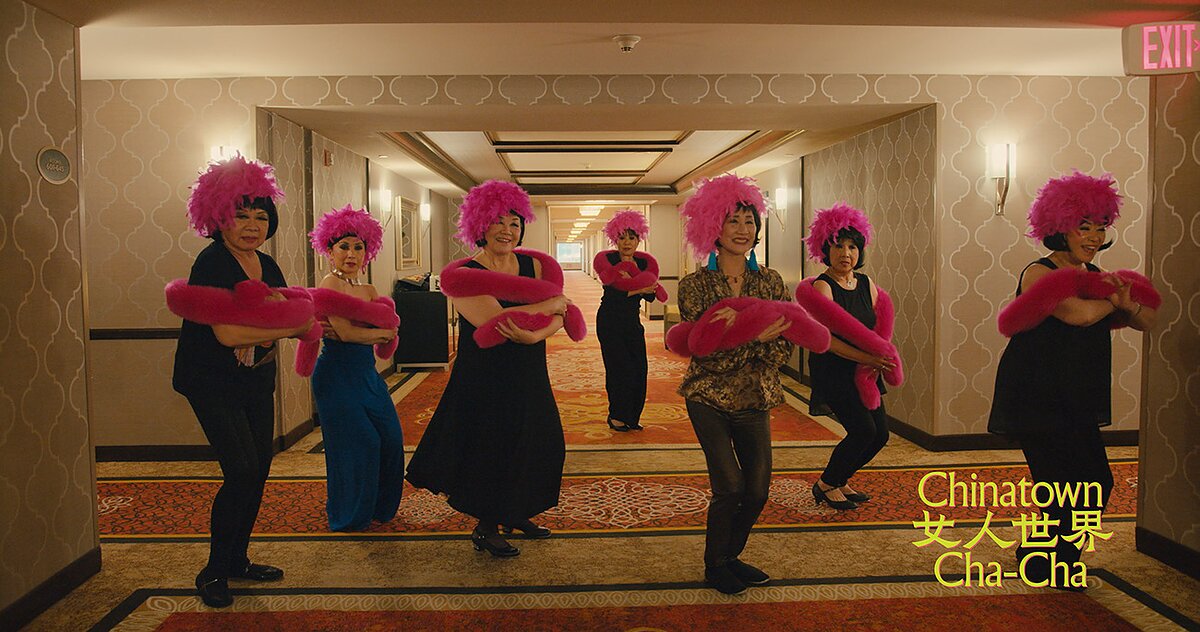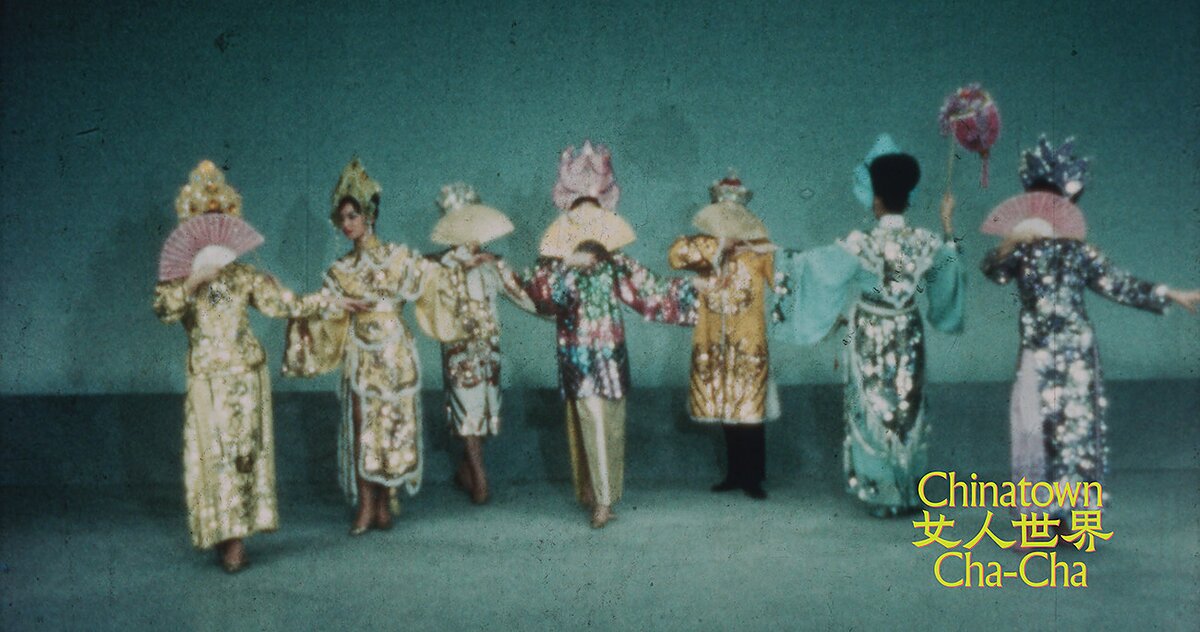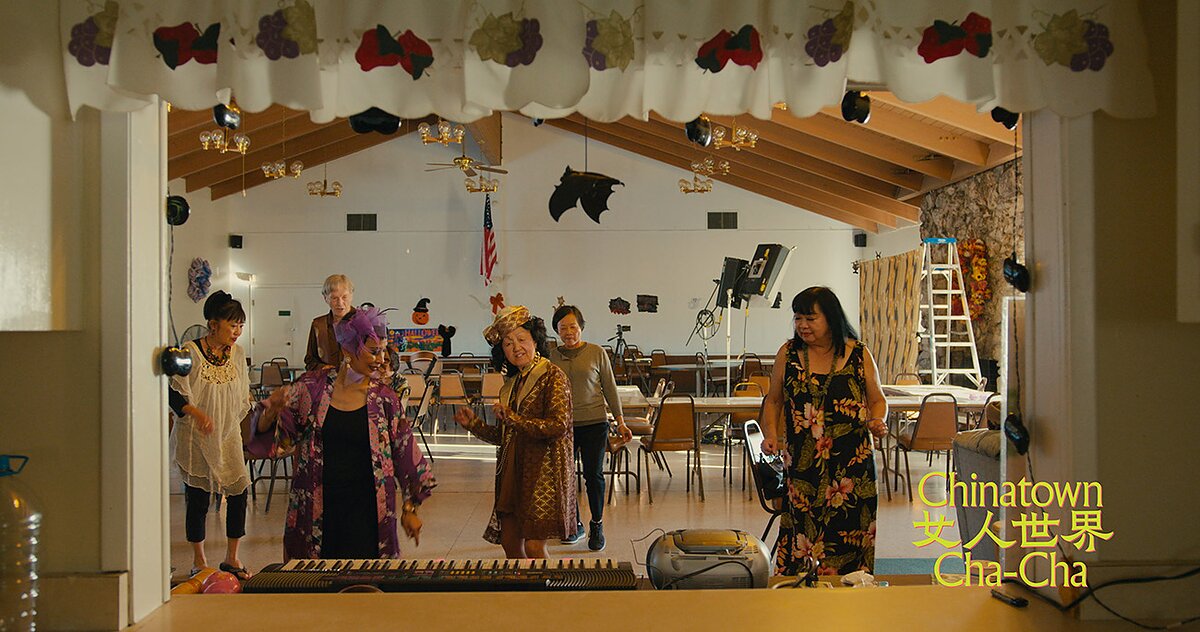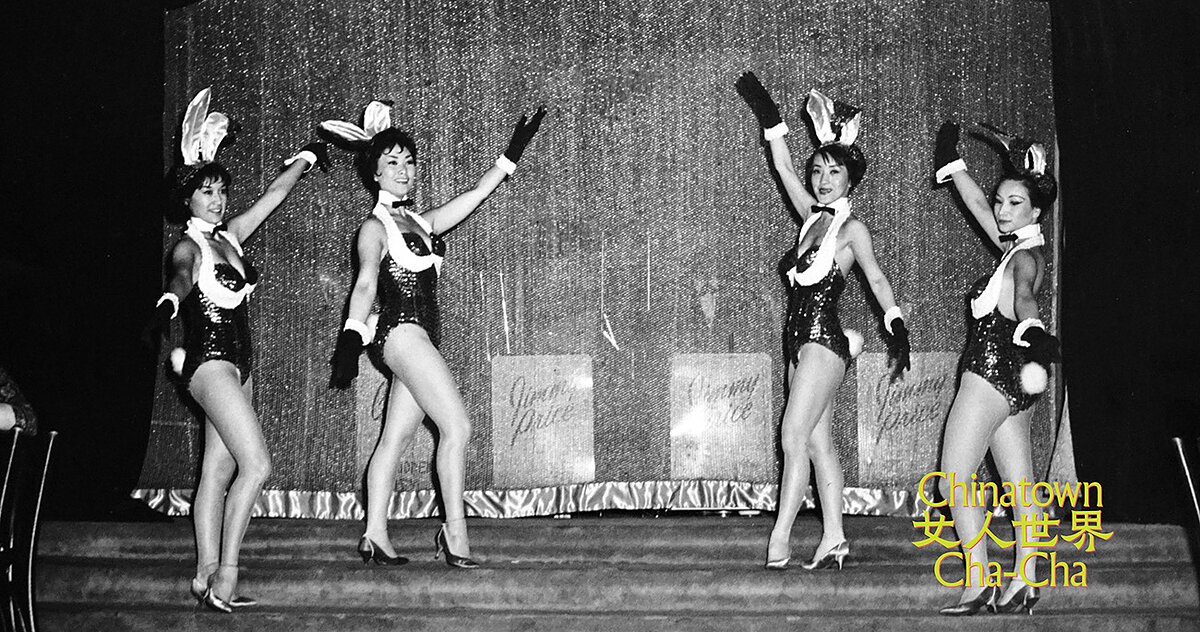“Chinatown Cha-Cha” Pays Homage to the Golden Era of Chinatown Nightclubs
Chinatowns occupy a particular place in the American imagination. As physical spaces, they reflect both a sincere desire to preserve cultural identity and a strategic compliance with Orientalism for survival. As cultural signifiers, they represent both scarcity and prosperity, grime and glamor, lawlessness and peace—a symbol whose fundamental duality and contradictions have come to characterize much of the Chinese and Asian American experience. While popular culture tends to associate Chinatowns with rowdy restaurants, cheap imported goods, laundry shops, and family associations in old buildings, the Chinese nightclubs that once flourished—particularly in the 1930s to 1960s during the golden era of San Francisco’s Chinatown—have largely faded into history.
In her feature-length documentary debut Chinatown Cha-Cha, filmmaker Luka Yuanyuan Yang commemorates these nightclubs and their legacies. At the film’s center is Coby Yee, the late former starlet and once-owner of the San Francisco nightclub, Forbidden City.
The film follows Yee in her 90s, as she comes out of retirement to join the senior dance troupe Grant Avenue Follies on an international tour through the US, Cuba, and China. With rich personal and historical archives and intimate documentation of Yee and her fellow Follies dancers, the film is an affectionate archive of a generation of Chinese Americans in entertainment and a portrait of an exuberant artist’s swan song.
Yee, perhaps the most famous Chinatown dancer, was featured in newspapers as “China’s Most Daring Dancing Doll” or “The Dragon Lady”, echoing tropes about Asian women that were most often associated with characters played by the actress Anna May Wong. Besides providing essential historical and personal context, these archival images shed light on Asian women in America’s burgeoning show business, constrained by the country’s racial system to work only in Chinatown but nevertheless glowing in their insuppressible talent and resilience.
Chinese nightclubs emerged at a time when a number of discriminatory laws—the Chinese Exclusion Act, anti-miscegenation laws, and California’s Alien Land Law, to name a few—afflicted the lives of Asians in the US. One of the first Chinese nightclubs to be opened was Forbidden City, owned at the time by the enterprising Charlie Low. The son of Chinese immigrants and Nevada shop-owners, Low understood the distinctly “exotic” appeal of his business. Self-branded as “the world’s most famous nightclub,” Forbidden City also had the most evocative name among a host of other clubs in San Francisco’s Chinatown, from “Club Shanghai” to “Chinese Sky Room”.
It’s a shame that there isn’t any footage of a young Yee dancing in the documentary. With tattooed brows in perfect arches, fine lines that look like delicate carvings, fleshy cheeks, and a smile that does not fade, Yee’s face and her pizzazz as a nonagenarian suggest an extraordinarily vigorous talent whose charm still shines through.
In an interview with Yee’s lover and dance partner Stephen King, he soliloquizes about aging, death, loneliness, and how art can preserve legacies. “When you’re gone and all the people that knew you are gone, it will be like you never were. And that’s what people sometimes think about when they are old. They don’t want to be forgotten. They want to be remembered, they want to have their lives mean something.” Ultimately, Chinatown Cha-cha is a meditation on art as memory; how a once-glittering stage can still shimmer through the footsteps of those who danced upon it. By honoring both the glamour and grit of a vanishing era, Yang’s film ensures that Coby Yee—and the vibrant world she inhabited—will not be forgotten.
—Kathy Ou is a freelance community news reporter and film critic born in Southern China, bred in Southern California, and currently based in New York City.




